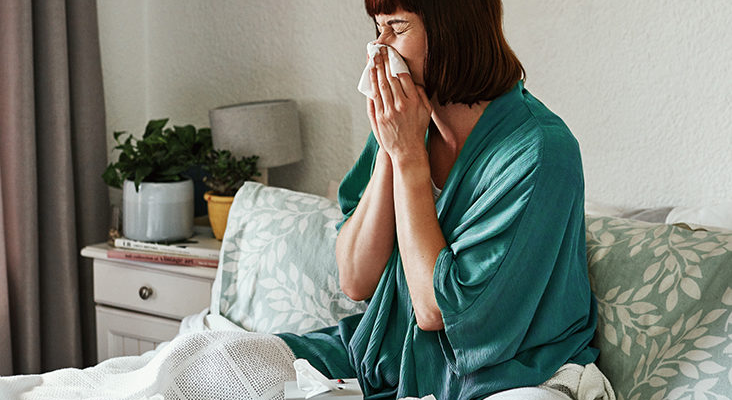Mold can be found in about half of all homes, and it can be a major health problem as well as unsightly in appearance. Exposure to mold isn’t necessarily a problem for everyone, but it can be especially harmful for anyone with breathing difficulties or a compromised immune system.
It’s important to get medical treatment for mold exposure, to provide immediate relief and to prevent the symptoms from becoming worse. Long term exposure to mold in the home or workplace can lead to a variety of symptoms, although the severity of these can vary, depending on the level of mold and the person’s general health. Sinus issues, nosebleeds, asthma, water eyes, rashes and other skin problems, general tiredness and nausea, a sore throat and even neurological problems can all be caused by mold exposure.
The appropriate medical treatment for mold exposure varies, and before any treatment can commence, a simple blood test or skin prick test can help to exclude any other illnesses or conditions, and identify any allergies. Any treatment also includes taking the necessary steps to rewove old from your home, and avoid exposure to it as much as possible; steps to take might include removing the mold yourself or professionally, cleaning air ducts and improving your home’s ventilation.
Often, the first medicine prescribed when it comes to treating the symptoms of mold exposure is a nasal spray, known as a corticosteroid. These are suitable for using long term and have only minor side effects. This can treat any inflammation and help to prevent future flare ups. A decongestant nasal spray may also be prescribed, along with one of several antihistamines. These can help to alleviate a runny nose, sneezing and itching. Sudafed and other oral decongestants are also effective in treating mold exposure and are available over the counter without a prescription.
If you suffer from allergies and are especially vulnerable to mold exposure, your doctor may prescribe a series of allergy shots columbus ga, a treatment known as immunotherapy. The procedure helps to lower the body’s sensitivity to the substances that are actually causing the allergic reaction, and it’s typically most effective when used alongside allergy medications. However, a potential drawback of this mold treatment is that you may need to take the shots regularly over a period of several years.
There are various home remedies that are effective when used instead of actual medical treatment for mold exposure, although not all of these work effectively for everyone. Garlic seems to work wonders on several conditions and illnesses, and to treat your mold exposure symptoms, taking several grams a day can help. Echinacea, oregano and several other herbs are able to protect the body’s immune system and speed up the healing process, and gingko biloba can restore brain function after any damage to the nervous system. And simply adhering to the right diet can help if you have been exposed to mold; that includes foods with less sugar, consuming plenty of Vitamin D, and eating more foods rich in omega 3 fats.













Comments